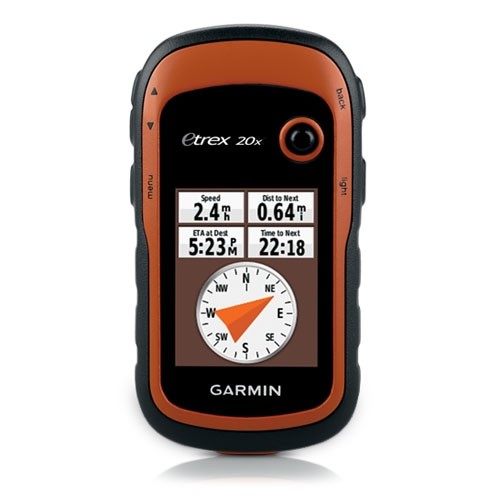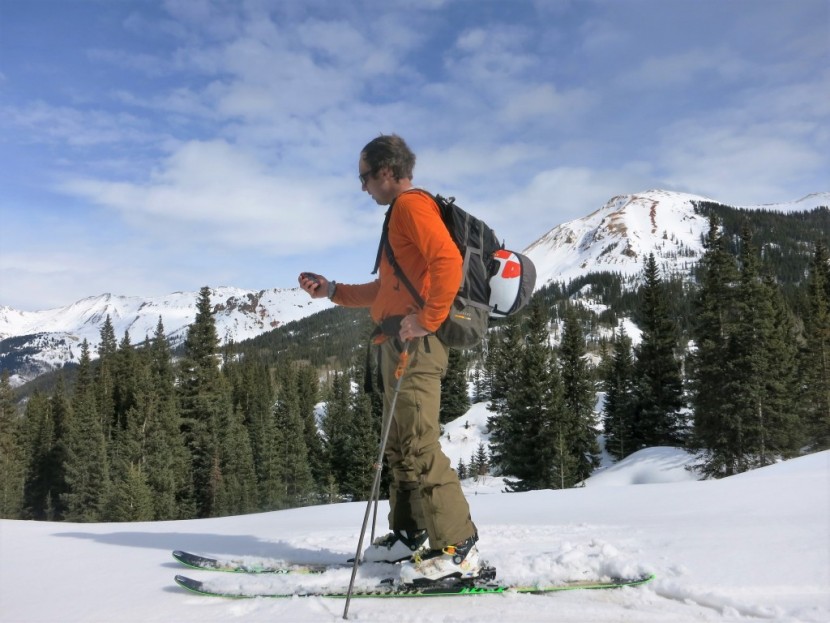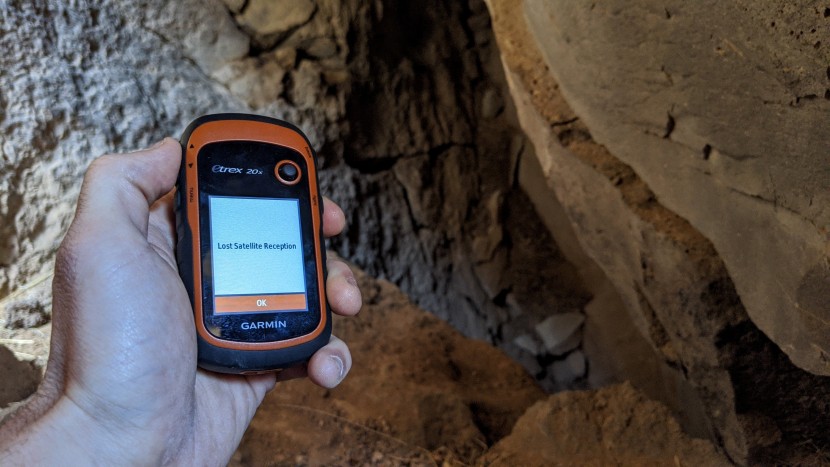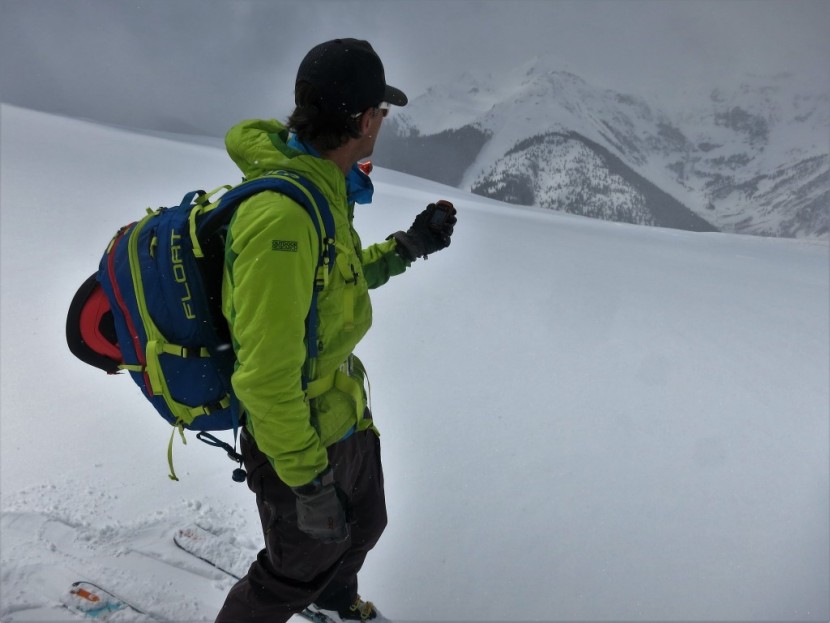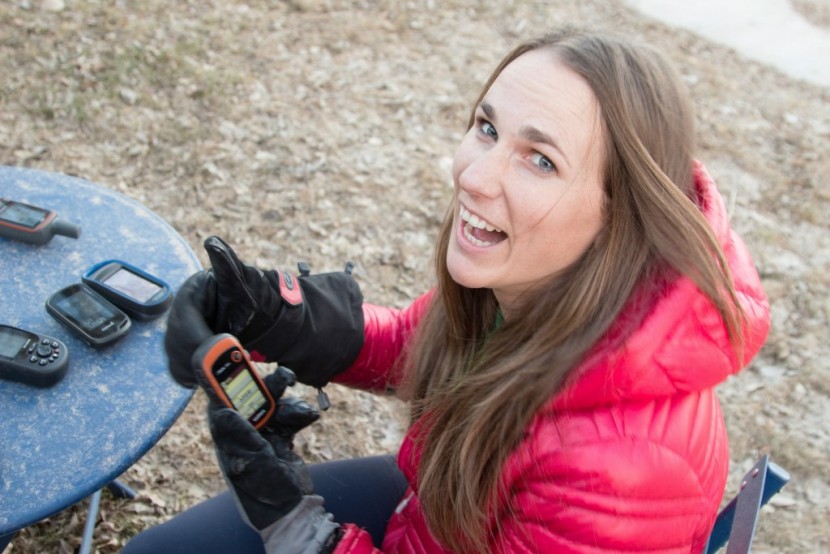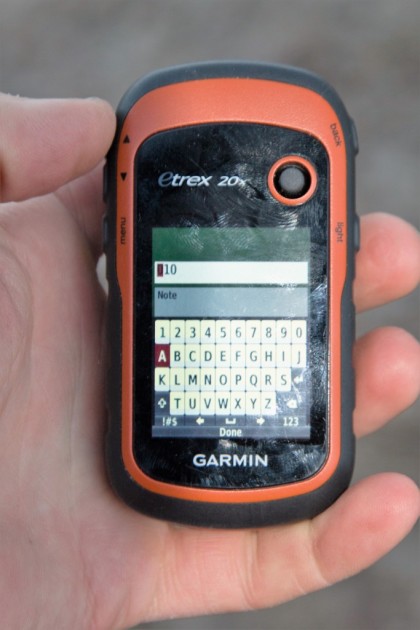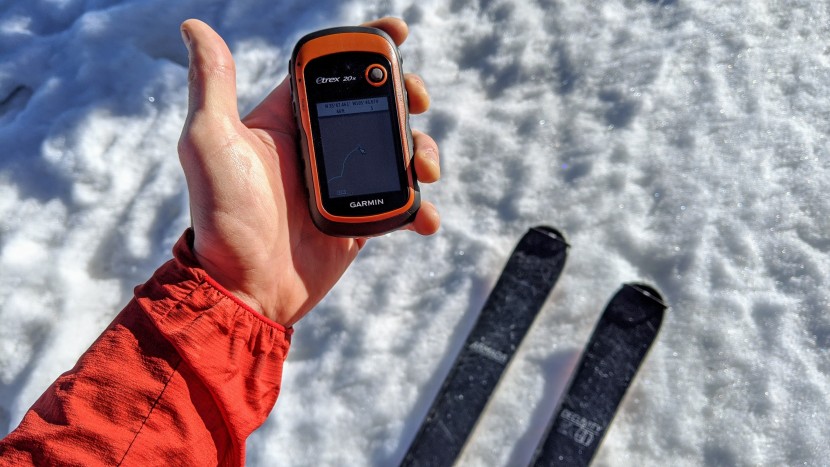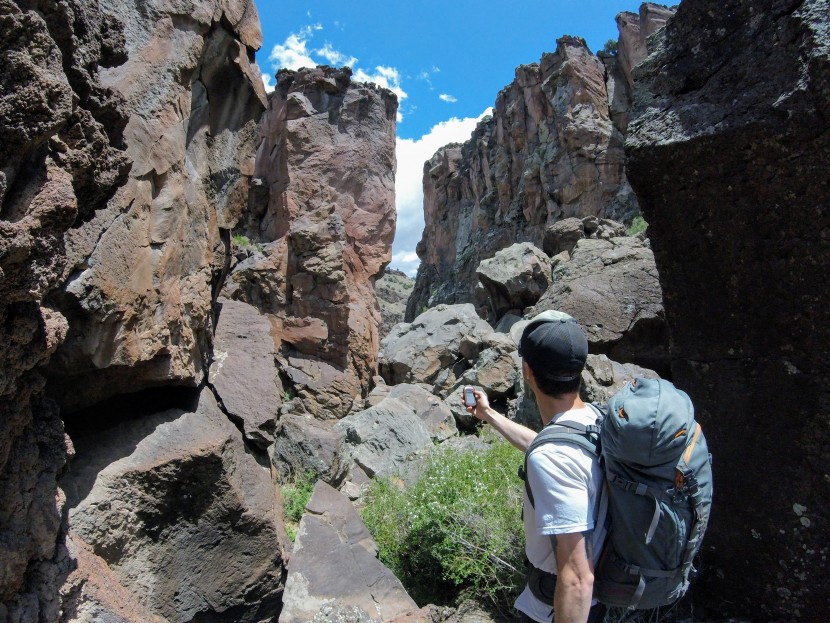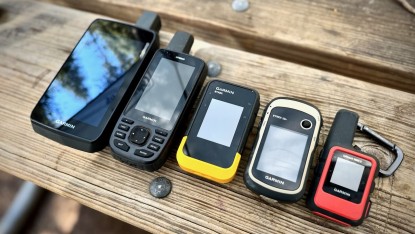Garmin eTrex 20x Review
Our Verdict
Our Analysis and Test Results
The Garmin eTrex 20x won our Best Buy award and stands out as a light and affordable handheld GPS.
Reception
For how light it is, this thing is darn zippy when it comes to finding a signal in both open and covered areas. It was a little slower than some of the higher-end units — especially coming out of a slot canyon — but still performed adequately.
Like most of the Garmin units, the eTrex 20x uses both GPS and GLONASS networks to lock onto a signal. This unit also features a differential compass; unlike an electronic compass, you need to move in order to determine direction. It was pretty darn accurate, but in more covered areas, it did suffer a bit.
We also performed navigation tests to better determine the accuracy of the units. We flagged out an area and marked a waypoint. We then walked away and had the device navigate us back. All devices navigated us back within 40 to 98 inches of our original waypoint. The eTrex 20x navigated within 85 inches of the original position. Overall, the device is fast to attain a signal, but not as accurate as higher-performing devices.
Ease of Use
The simplicity of this Best Buy winner is what we fell in love with. This device does not support fancy wireless sharing options, an electronic compass, or barometric altimeter, but it is quite easy to use. It's a no-nonsense GPS unit for basic map and orienteering functions — we also think this is one of the best winter devices tested. The buttoned setup makes marking a waypoint with thin or thick gloves accurate and easy.
As a simplified model in the eTrex line, the 20x doesn't have a touchscreen. Instead, the face of the device has a toggle that works for both scrolling and selecting, as well as scrolling buttons and a menu button on the left side, and a back button and light/power button on the right. Without a touch screen, this allows better cold weather use, both because of the buttons, and simpler controls reducing battery use.
This device has a similar menu layout to other Garmin devices. Its simple features make the menu easy to navigate. One big downside of the unit (and consistent with most of the Garmin GPS units tested) is the base map. We found that we could not fully rely on this map to navigate from point to point as it only really contains road (not trail) information.
We liked the quick access to change the battery. The back cover features a simple turn gate screw that is very easy to take on and off. The back cover is also molded to include a spine that makes it compatible with mounting attachments.
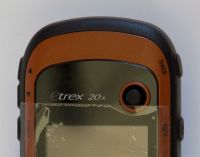
Display Quality
The eTrex series of GPS units are the smallest devices we tested — the screen of the 20x measures a mere 2.2 inches. Still, the backlight is easy to adjust and makes it easy to read in direct sunlight, and dim enough to not blind us at night.
The eTrex 20x has a 25-hour battery life and crisp display quality. We found it to be very readable, but if you want a bigger screen, a touchscreen eTrex model might be for you. But it must be considered that other models with larger screens tend to carry larger price tags as well.
Speed
What we really loved about this device is how quickly it was able to pick up a new location. Even though the signal wasn't as accurate as other devices it was one of the fastest. Its processing speed was average when compared to higher performing devices.
In terms of draw and redraw capabilities, the device was surprisingly quick for its small size. Like many of the devices in this review, there was a quick pause between view zoom in and zoom outs. We also noticed that there was a bit of a lag when tracking a route. Entering waypoint information is also a slow process. This is because you have to select each letter with a toggle and hit enter before moving to the next letter.
Weight and Size
Weighing only 5.1 oz, this GPS is perfect for stashing away on long, lightweight adventures. We found that it was as convenient to stash in a backpacking pack, as it was to hold in our hand while out on adventure runs.
The unit is small enough to fit into a breast pocket or pant pocket for easy access. It also provides a point to girth hitch a lanyard if you choose to wear it around your neck.
Versatility
While a lot of the other units have all sorts of other things tacked on, as far as GPS functions go, this unit pretty much covers it. It doesn't have many (or really any) bells and whistles, but most of the other things can be covered with a smartphone, which we were usually carrying anyways. We would have liked a barometric altimeter and electronic compass, but even so, we found it quite useful.
Because it's so small, light, and durable, we found it really easy to toss into a pocket and take it with us skiing, biking, hiking, and fishing. The controls are easy, the batteries last for longer than the other units, and we could easily use it when it was wet, cold, or dark out. Some of the functions, like typing, take a little bit longer, and the lack of a barometric altimeter make some of the altitude readings less accurate, but all in all, we really think this device could be used almost anywhere.
Value
This is a GPS unit where the sticker price is actually pretty darn sweet. It carries out the same functions as any mid-performing GPS handheld with the luxury of a small and compact size. The battery lasts 25 hours, with a 3.7 GB internal memory. You can upload topo maps and utilize basecamp software to track and analyze routes. With such a low price point and so many features, this is a steal of a deal.
Conclusion
The Garmin eTrex 20x is lightweight, simple, and inexpensive. The batteries last a respectably long time, even in the cold, and especially if you throw two lithium batteries in the unit. You can use it when wet, cold, and even when trying to go ultralight. Our Best Buy award winner is reliable and awesome, and useful pairing with a smartphone, especially when conditions make using a smartphone tricky.


